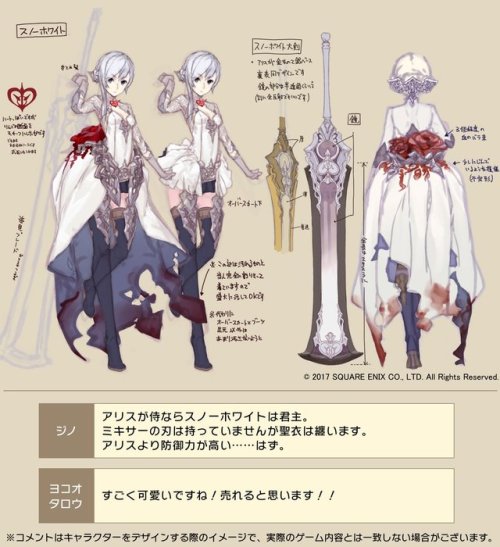
The chapters are essentially a detailed historical account of why the game was so successful - how it was one of the first arcade games where the AI opponent responded to your shots and made gameplay challenging. Play it for yourself.Īnother surprisingly good side story is the Space Invaders crossover. As for which character the cannibalism relates to, I don’t want to give that away. Most disturbing is that the boss enemies you fight are the voices of the dead children, haunting the diary’s author and the player all at once. The story is presented as a lengthy diary, with challenging battles between every few pages to keep you going. When he runs low on funding and is desperate to help, he starts digging through the mass graves of children he couldn’t save and resorts to cannibalism to keep the other children alive: all without telling those children what he’s doing. For example, weeks before writing this review, a story went up about a man who goes to a war-torn country and works hard to save children by starting an orphanage.

Side stories appear, often with original tales that have similar themes to other characters in the main story. Just as in the Drakengard and NieR games, each weapon in SINoALICE has its own short story. As rich and twisted as all of this is, it’s just one facet of the game’s fantastic writing. Meet Parrah and Noya, the narrators and guides through the twisted tales of SINoALICE. His problems and pending fate are too tragic and upsetting for me to even touch in this review. Pinocchio, the “dependent” one, has a long staff he carries, certainly meant to represent both a phallic object and a stand-in for his nose that grows when he lies. Cinderella breaks the fourth wall by decrying our culture’s obsession with certain standards of beauty she is ready to burn it all down and find her own path. The puppets tease masochistic Kaguya of being “a perv” because of her desire to be dominated by someone stronger than her. The more you play, the more apparent this becomes. For example, it’s plain to see that the Three Little Pigs (all depicted as thin) have self-image issues and eating disorders. But even the short text with each verse gives flavor to the characters.īased on this text alone, you might get a sense for where each character’s head is at, but that state of mind is not static: the protagonists’ opinions shift over time, though not necessarily to anything less warped or tragic. Typically this text is longer at the beginning and end of each chapter (which is usually comprised of ten verses). The game’s story is presented simply enough: at the beginning of each short battle sequence (called a “verse”), text and character art appear. And as the plot progresses for each character, the rabbit hole grows deeper and darker than before. Gretel’s “delusion” leads her to believe things that simply cannot be true Sleeping Beauty’s “languor” sends her on a quest for eternal sleep, even if it means killing off prince charming Snow White’s “justice” makes her think that the nightmarish creatures she murders left and right deserve to die for blocking her path to reviving her authors. For example, Alice experiences “bondage.” The characters - many of whom come from the Brothers Grimm canon - are shaped and warped by their key traits. Titular character Alice, from Lewis Carroll’s two-part fantasy novels, feels a bond with her author and only wishes to revive him so that she can meet him.Įach fairy tale character is assigned a main descriptive trait in their biography. Two puppets, essentially the narrators or Greek chorus for the game, help guide the player and the playable characters through this world, egging them on with the possibility of reviving their authors for whatever ends they see fit. SINoALICE takes place in a special realm or dimension: a vast library that seems to stretch on endlessly.

And before we even touch the nature of this game’s mechanics, I think it’s important to discuss concept, plot, and dialogue, as this is the single most story-driven RPG I’ve played for mobile platforms. But creator and writer Yoko Taro, known for his own warped tales in the NieR franchise, decided to put a twist on each story.


In SINoALICE, this question is posed to some well-known characters from children’s fairy tales, many of whom have had their stories told by the likes of Disney. If you could meet the author of your life - the divine creator or god overseeing your existence, if such an entity exists - would you ask for a mulligan? A do-over? Maybe some changes around the edges, or a complete overhaul to your story?


 0 kommentar(er)
0 kommentar(er)
